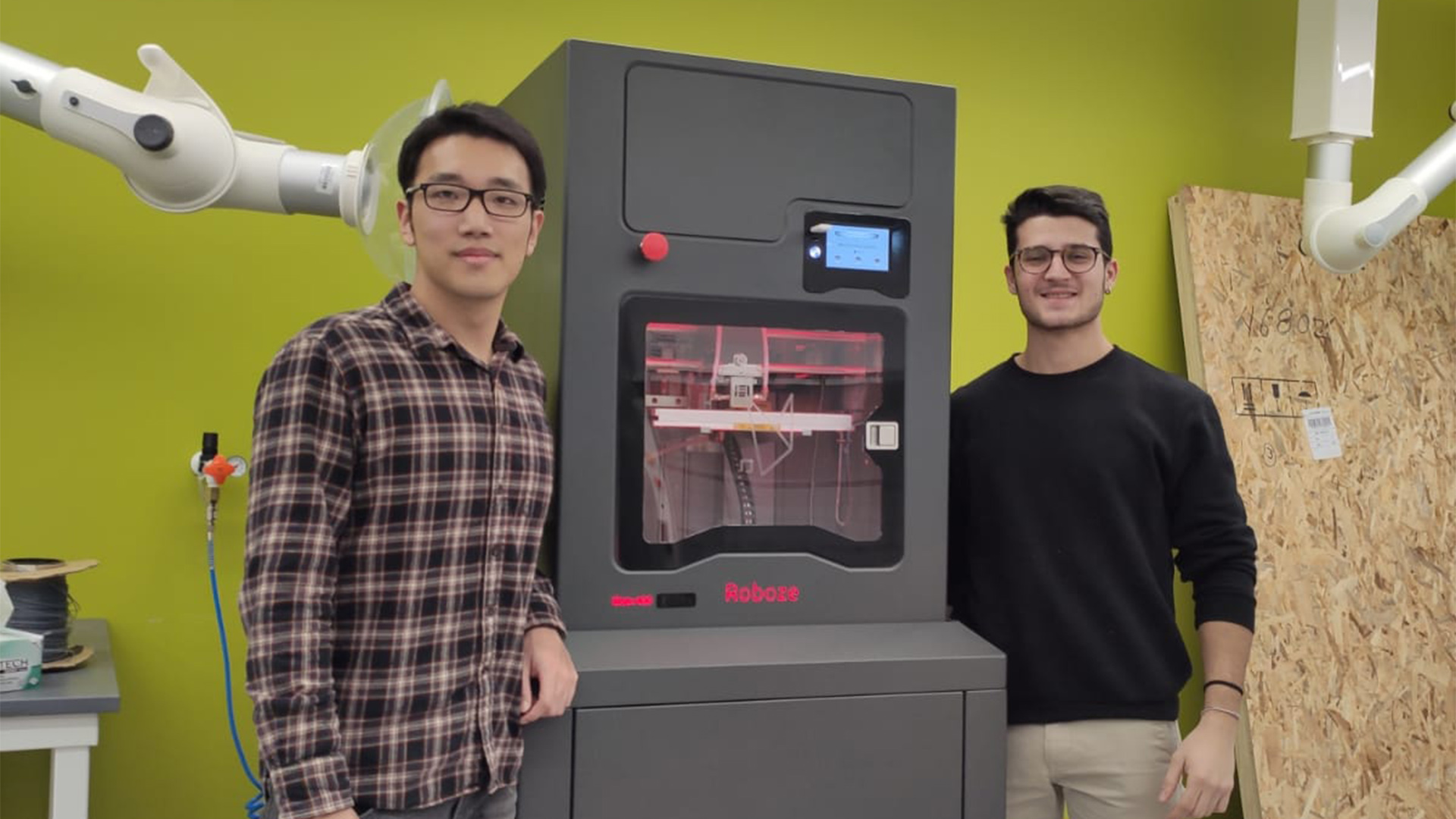
Pennsylvania State University chooses ROBOZE One+400 Xtreme for the Additive Manufacturing
Accelerate the development of high performance plastics with Roboze
In addition to many companies that every day decide to transform and improve their manufacturing processes, making them faster anf improving the quality of the printed parts, even Pennsylvania State University chooses Roboze, not only for the numerous advantages offered by Roboze One+400 Xtreme, but with the aim of developing new technologies for an increasingly spread of the additive manufacturing.
Professor Bryan D. Vogt from the Department of Chemical Engineering, member of the American Chemical Society (ACS) and the American Institute of Chemical Engineers (AIChE), after several attempts to print PEEK with other standard systems using belts, chooses Roboze as capable to guarantee an increadible precision and an extreme quality in managing high temperature polymers.
Guaranteeing great performances is our main goal because, in addition to offering excellent quality standard, it is fundamental for Roboze to increasingly expand the application fields and develop new functionalities.
ROBOZE One+400 Xtreme will be used to examine novel polymers, realize increasingly performing and custom parts according to the different needs, and enable more cost effective equipment, while also allowing for designs not possible with traditional manufacturing.
In fact, Roboze solutions, thanks to the Beltless System, guarantee great precision, through a direct movement of the X and Y axes, entrusted to hardened steel rack and pinion, instead of traditional belts.
The introduction of this innovation guarantees an high level of repeatability, smoothness of movement, positioning precision equal to 0,4 mil/0,01 mm, quietness and easy and fast maintenance.
With the purchase of the Roboze printer, the students in Penn State’s Department of Chemical Engineering will test new polymers as well as develop new formulations in order to supply multi functionality to the printed parts. These printed parts will also be used to advance research in diverse areas such as chemical reactors where the printing can produce novel hierarchical structures to improve performance as well as provide in-situ characterization that can be customized through the build design or energetic optimization of the water purification systems that removes viruses and reactive-additive materials that supply feedback from the immediate environment.
